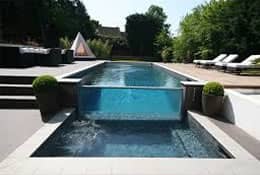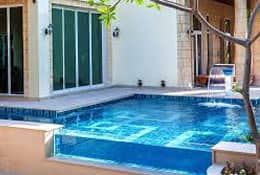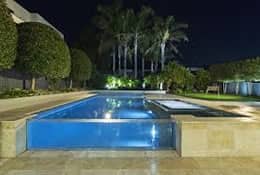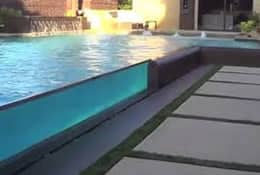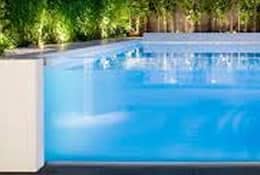Acrylic Pools:
Olympic pool do Acrylic pools.
Glass and Acrylic
There are various reasons why transparency may be required in pool tanks:
- underwater windows or walls for swim training;
- underwater windows or walls for hydrotherapy;
- light transmission to parts of the building;
- an architectural statement that makes the pool special compared to other pools.
There are two materials to consider when evaluating transparency or glazing needs – glass and acrylic. Both are popular materials and while glass has been in use the longest, advances in acrylic technology have delivered a more versatile product. We use acrylic panels the thickness will depend on your pool size it can range from 60mm to 100mm or more in acrylic thickness.
However, for a number of reasons as set out below, on the larger installations glass is largely being replaced by acrylic:
- acrylic is a more versatile material than glass; the current technology and experience of bonding, thermoforming and annealing means that large panels of various shapes can be formed without visible joints; standard panel sizes of 2.7 m x 7.0 m can be bonded together;
- acrylic is significantly stronger than glass – up to 17 times - and typically 50 % lighter than normal glass; as acrylic is a plastic it is much more forgiving than glass; with glass the possibility of breakage due to flaws in the material needs to be carefully managed; plastic like acrylic is more predictable in its performance;
- acrylic is highly transparent, easy to maintain and resistant to weathering;
- acrylic can be manufactured with a very high light transmission of up to 92 % of all visible light; this is better than glass which is typically between 80 to 90 %;
- both acrylic and glass will scratch, acrylic easier than glass; however acrylic is easier to repair if scratched by polishing out any marks; this is not feasible with glass;
- acrylic has a much lower thermal conductivity than glass, of 0.19 versus 0.96, and hence a lower level of heat transmission.


